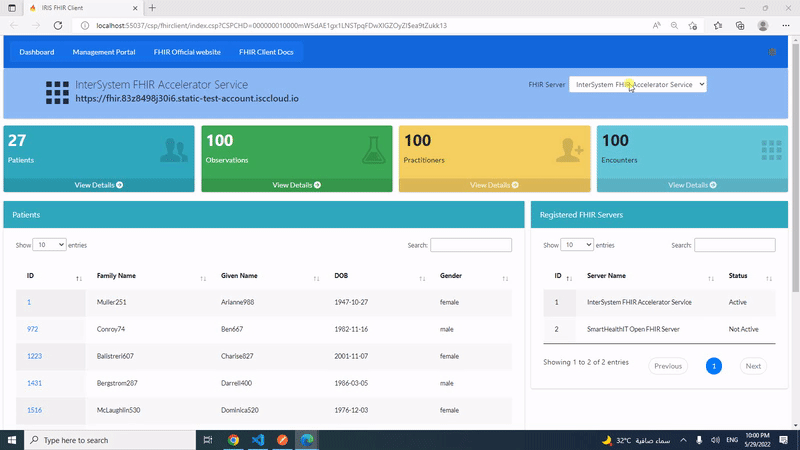Hi Community,
I would like to present my last package OpenAPI-Suite, this is a set of tools to generate ObjectScript code from an OpenAPI specification version 3.0. In short, these packages allow to:
- Generate server-side class. It’s pretty similar to the generated code by ^%REST but the added value is the version 3.0 support.
- Generate HTTP client classes.
- Generate client production (business services, business operation, business process, Ens.Request, Ens.Response) classes.
- A web interface to generate and download the code or generate and compile directly on the server.
- Convert specification from version 1.x, 2.x to version 3.0.


.png)
.png)